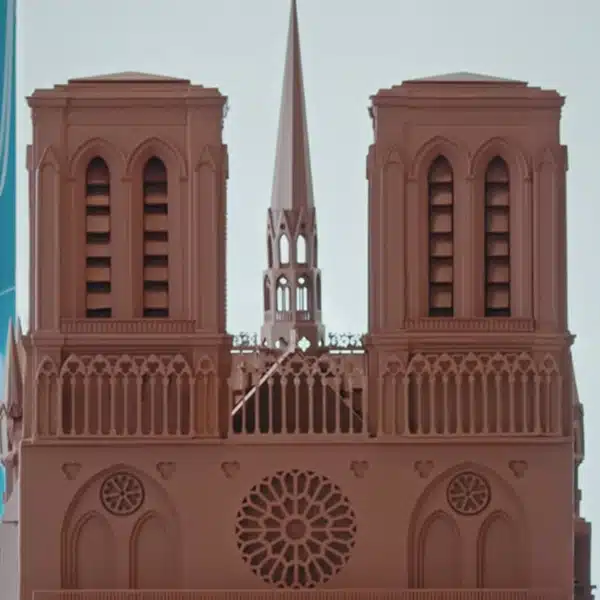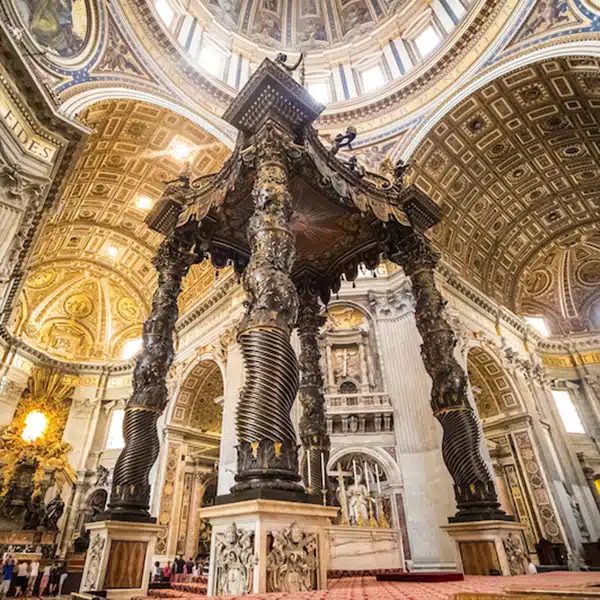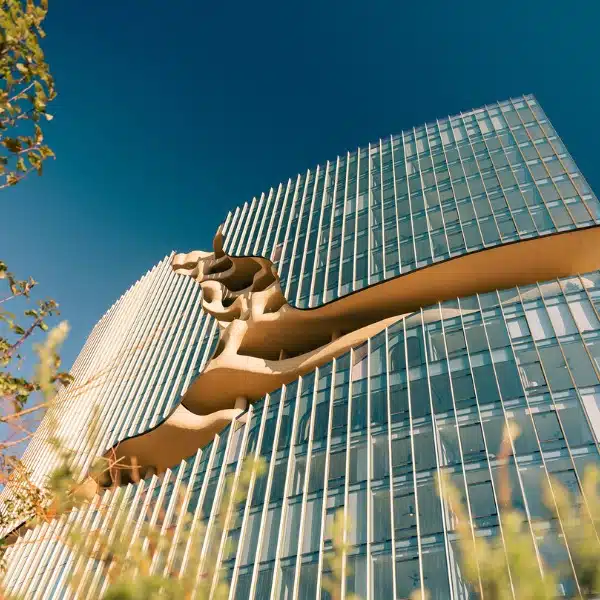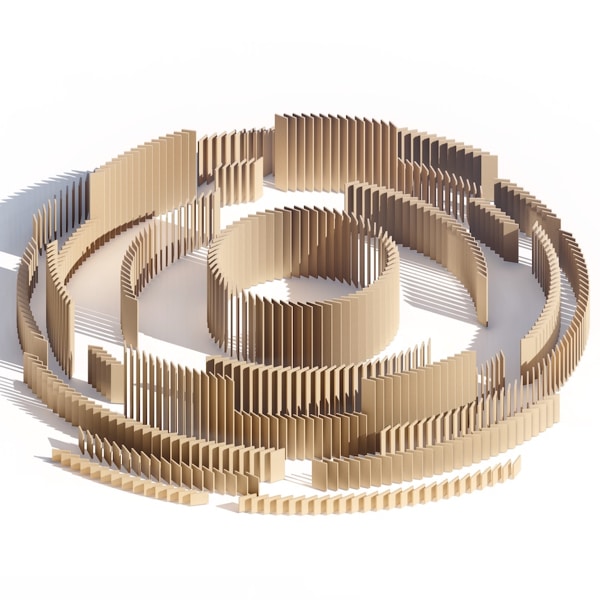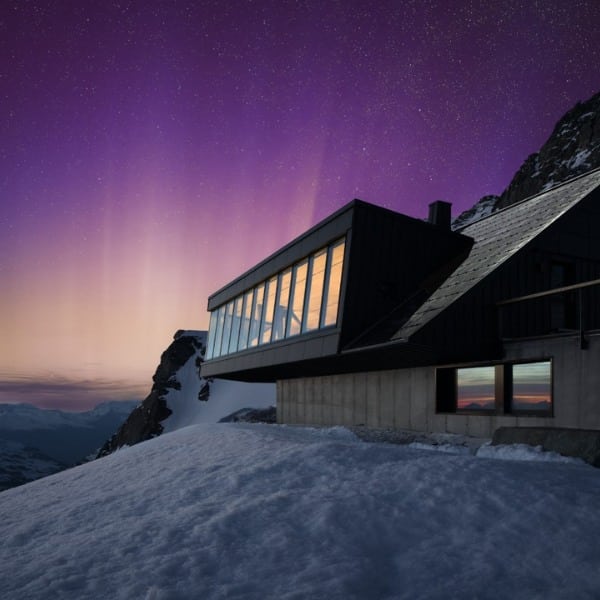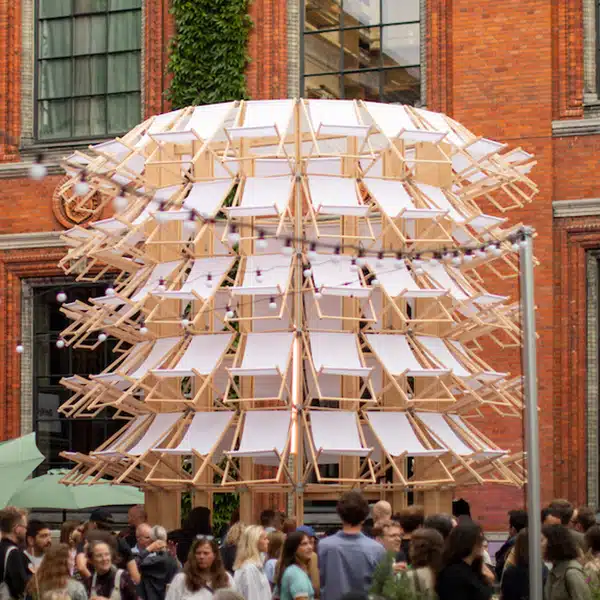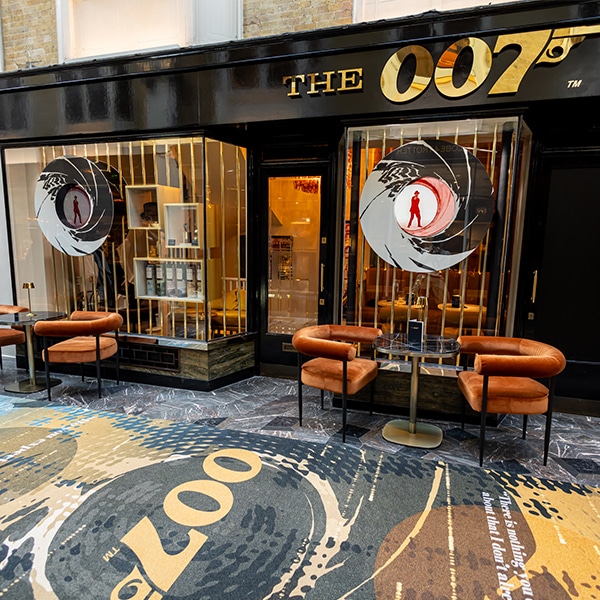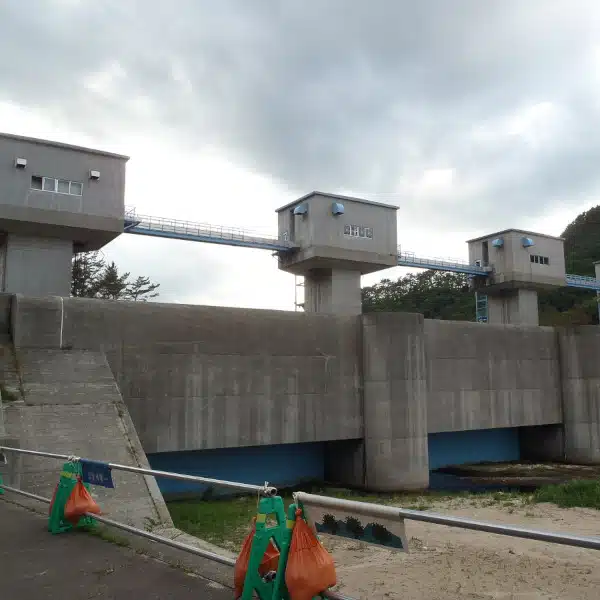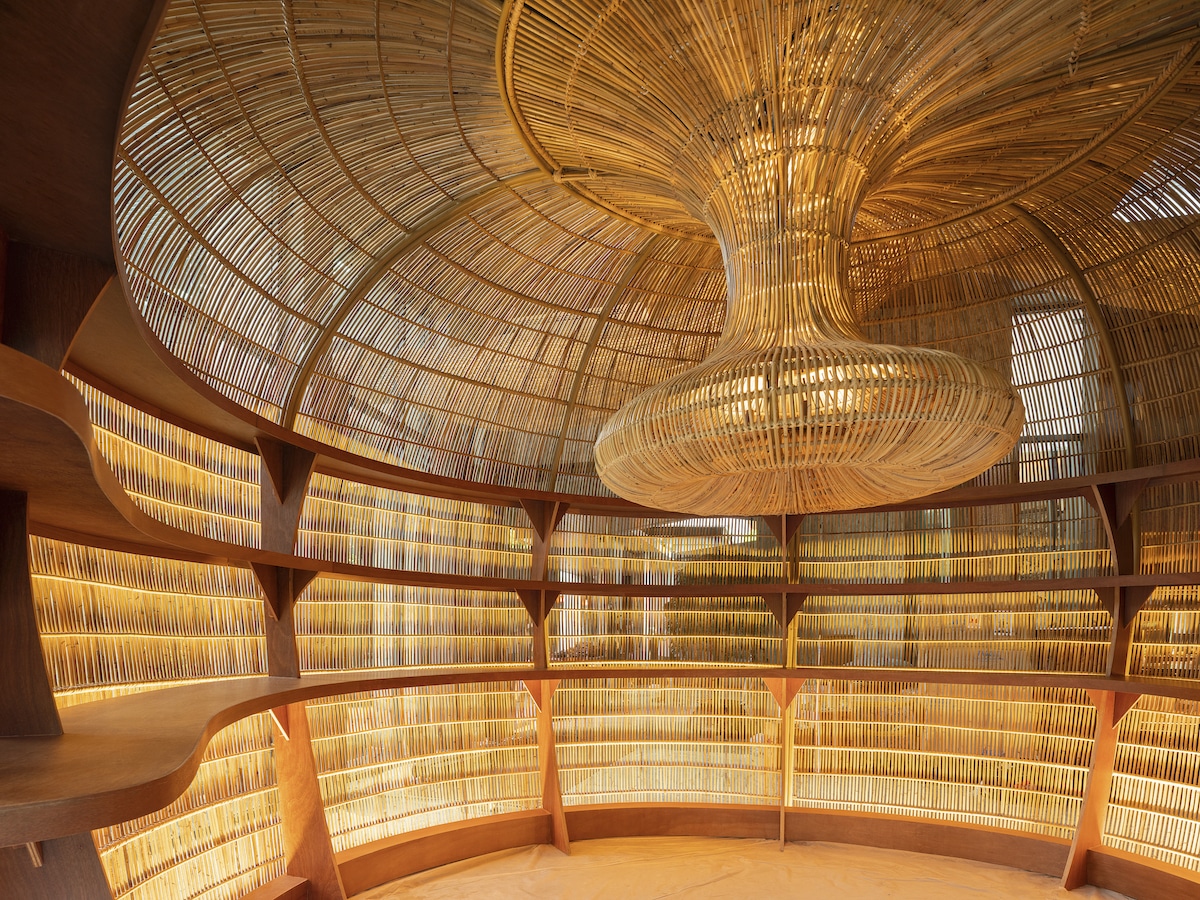
Challenged by a private art collector to upgrade the art displays in his gallery, Enter Projects Asia has created a dynamic, fluid space using rattan. The Thai firm is known for its use of this local, sustainable material that grows in abundance. And in order to transform the Chiang Mai gallery as the owner requested, the studio created a warm, immersive experience that is quite different than a typical white box gallery.
As the art gallery has several different pavilions enclosed by intricate gardens, the firm explored ways to tie the entire space together. By blending 3D geometries with traditional Thai craftsmanship, the result is a sumptuous, sculptural form that weaves its way through the gallery. Visitors are able to get a different perspective on the space depending on their position within the gallery, as the form is always shifting and moving.
To create the design, Enter Projects Asia used special software that simulated the movement of clouds and steam. These ribbons and clouds of rattan then weave their way seamlessly through different zones, culminating in a series of pod structures that serve as armatures for the new collection.
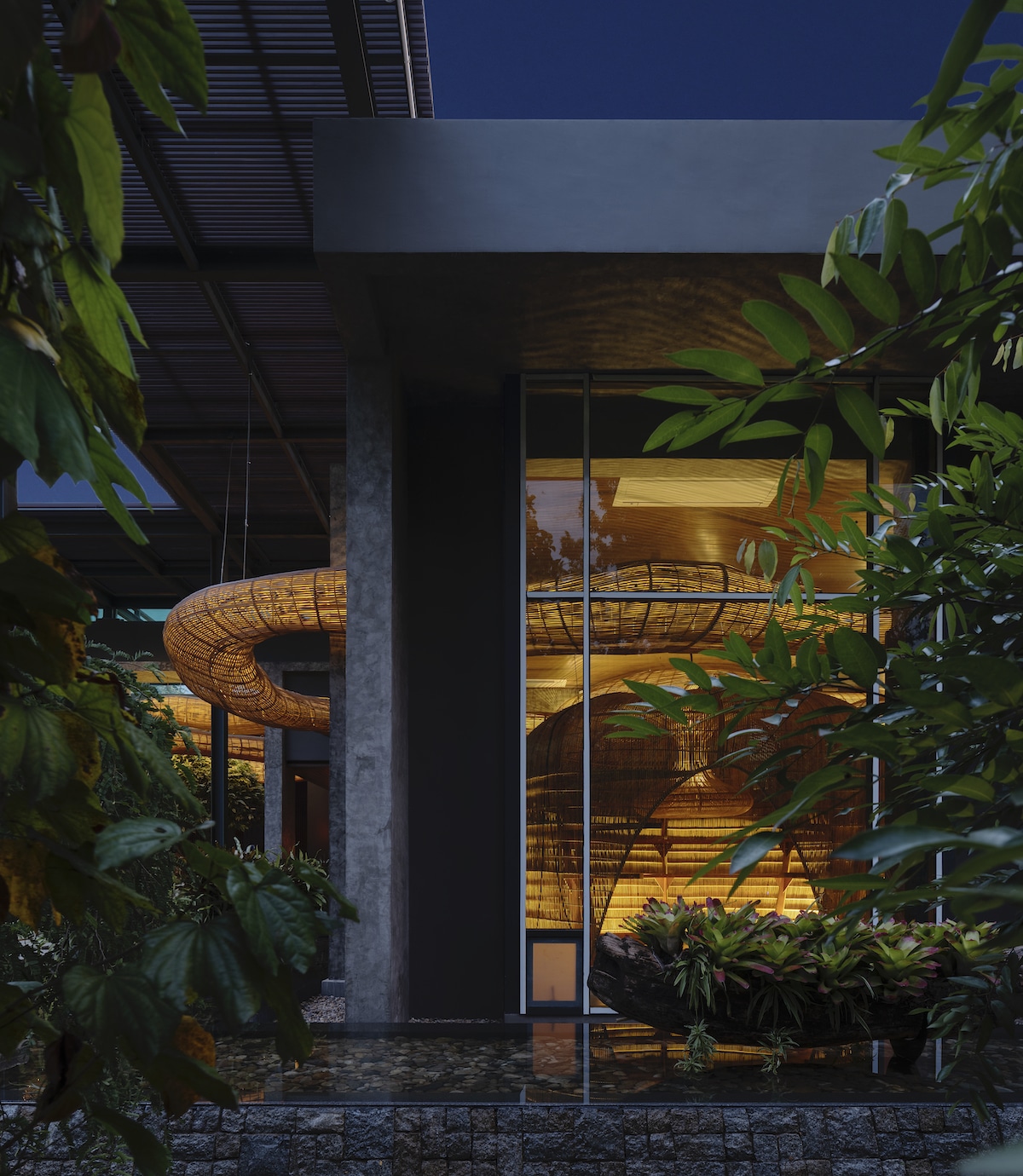
By using rattan, Enter Projects Asia is giving a nod to the cultural heritage of Thailand and helping revive the local economy while also remaining sustainable.
“Rattan is an ideal choice; it is one of the fastest growing plants in the world so it's incredibly sustainable,” the firm's director Patrick Keane tells My Modern Met. “It's also flexible and can be used for many purposes and spaces. It is a reference to South East Asian culture and years of rattan craftsmanship, warm in color with great tactility and durability.”
“We also wish to revive the declining rattan industry, so many rattan workers are put out of business by the importation of inferior plastic products, catastrophic to the industry as well as the environment.”
To that end, the firm has created Project Rattan, which produces bespoke furniture, lighting designs, and architectural projects. In doing so, they hope that more people will see the benefits of using rattan.
“It is not hard to be sustainable in construction if we adapt to our environment,” shares Keane. “Why would we use synthetic, toxic plastics when we have all the noble materials we need at our fingertips?”
A Thai architecture firm used rattan to transform a private collector's Chiang Mai art gallery.
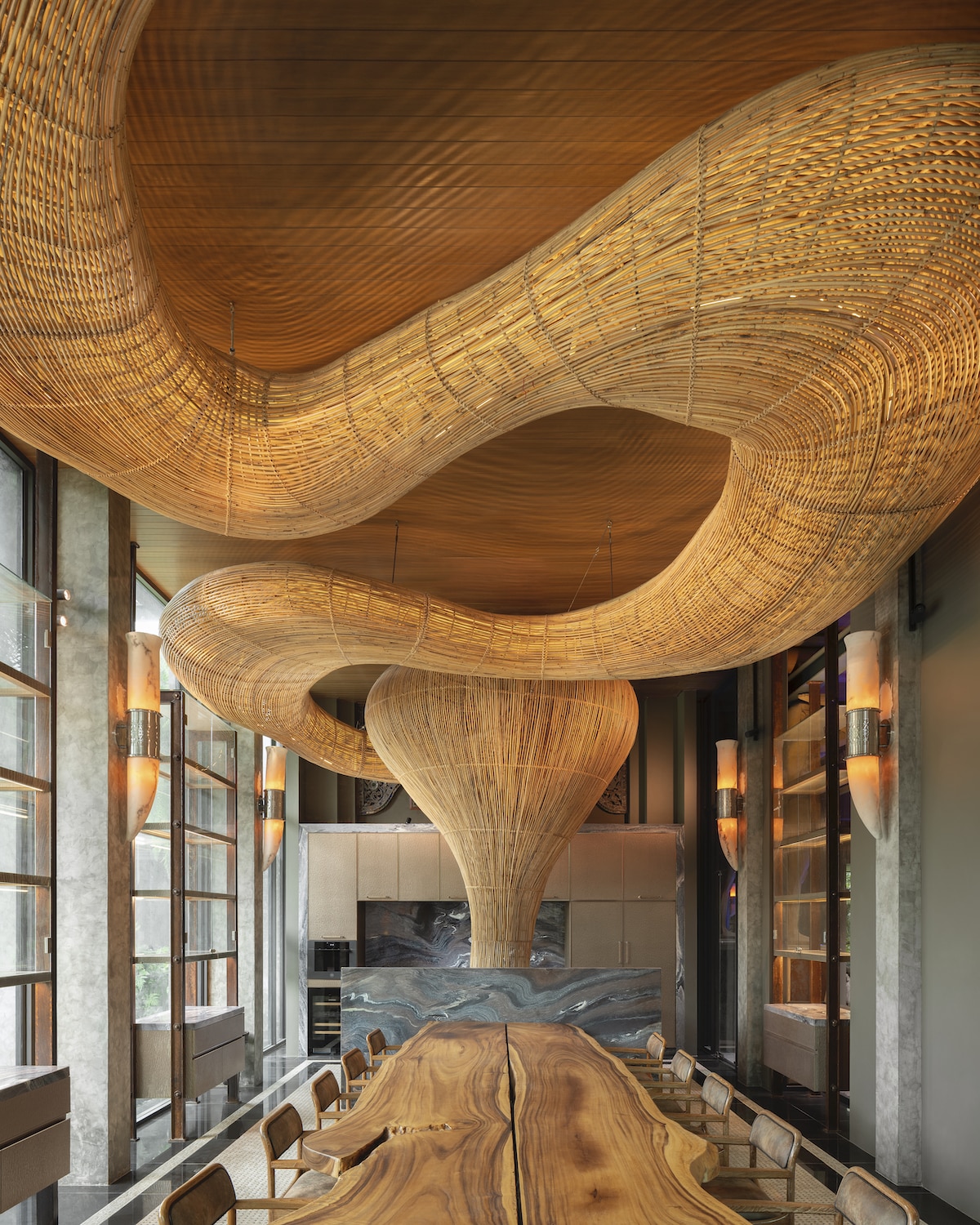
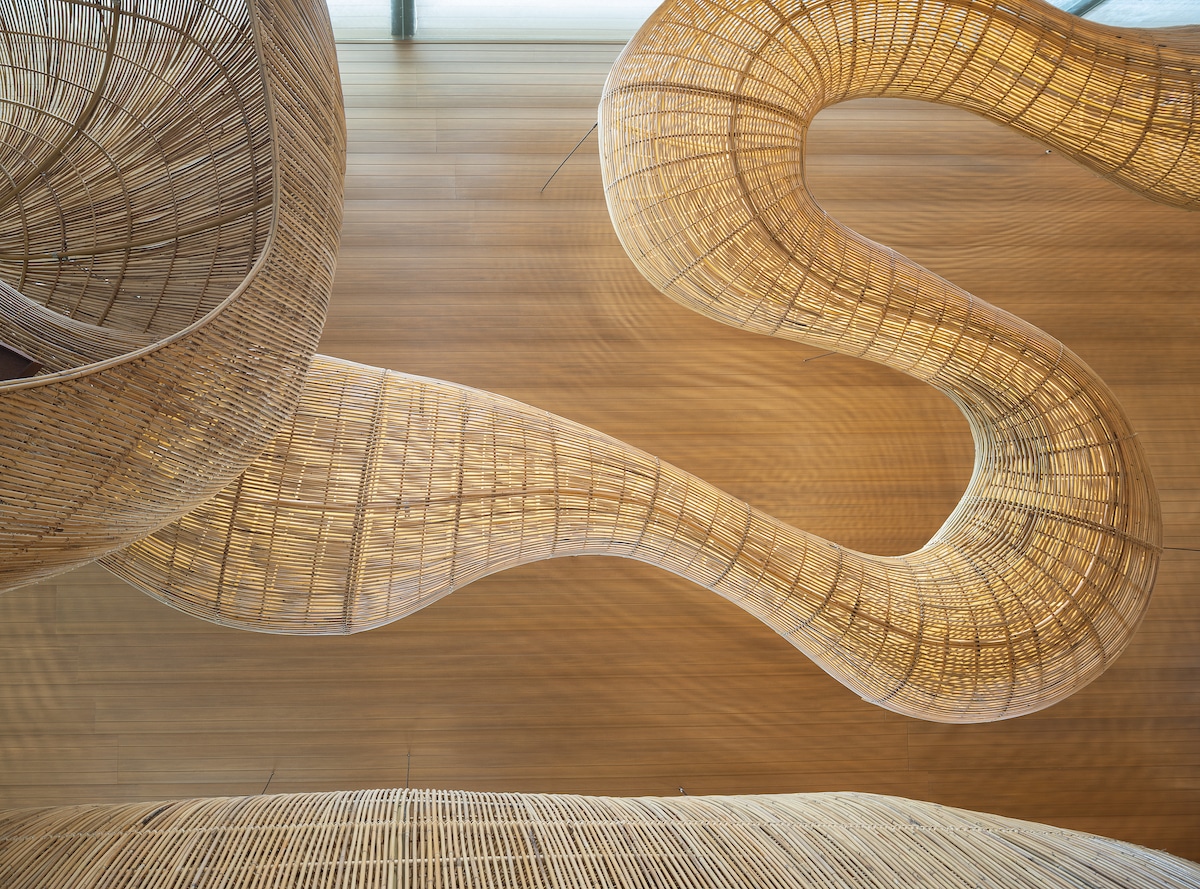
Using forms based on clouds and trails of steam, the sculptural rattan joins together different pavilions.
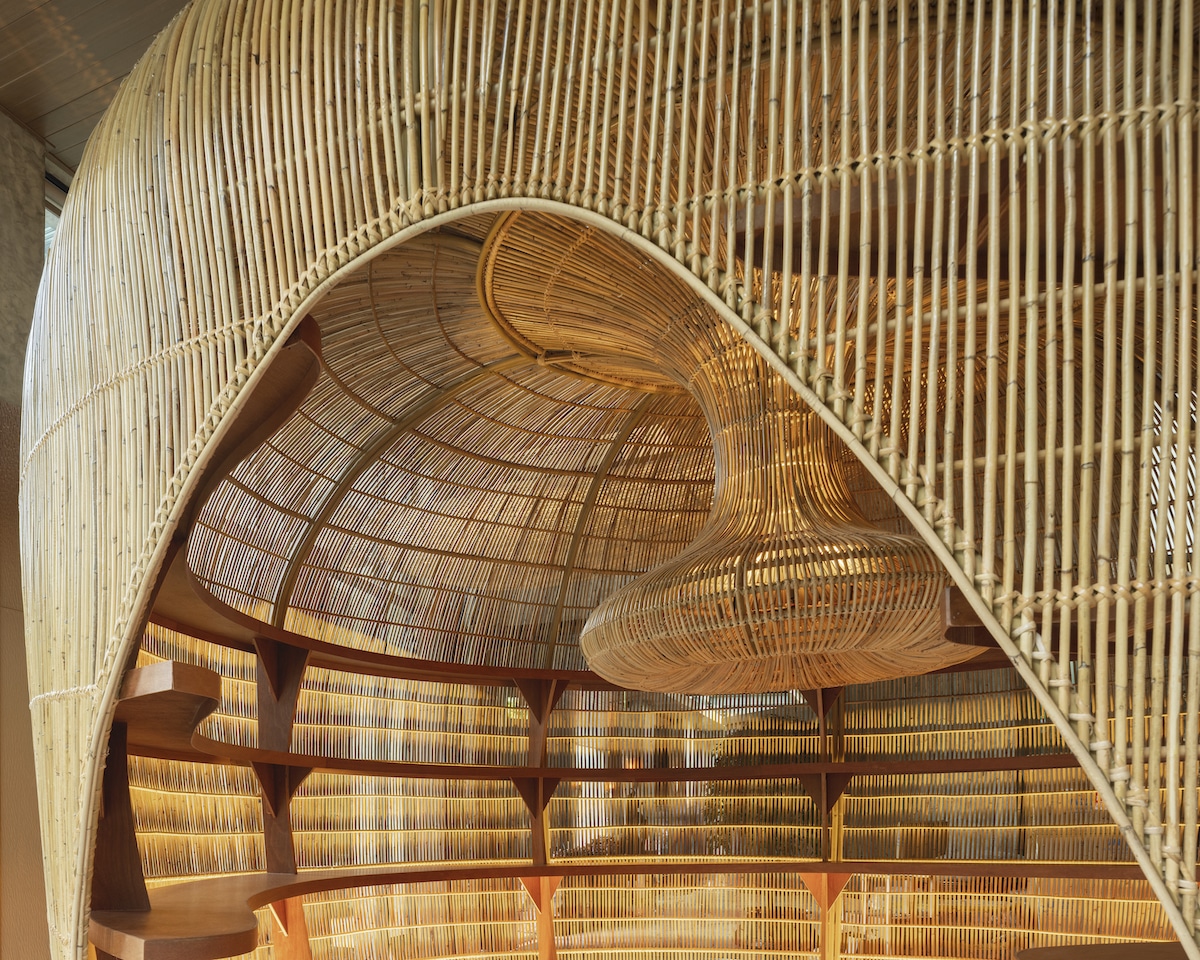
Visitors get a different perspective on the space when viewing the work from different angles.
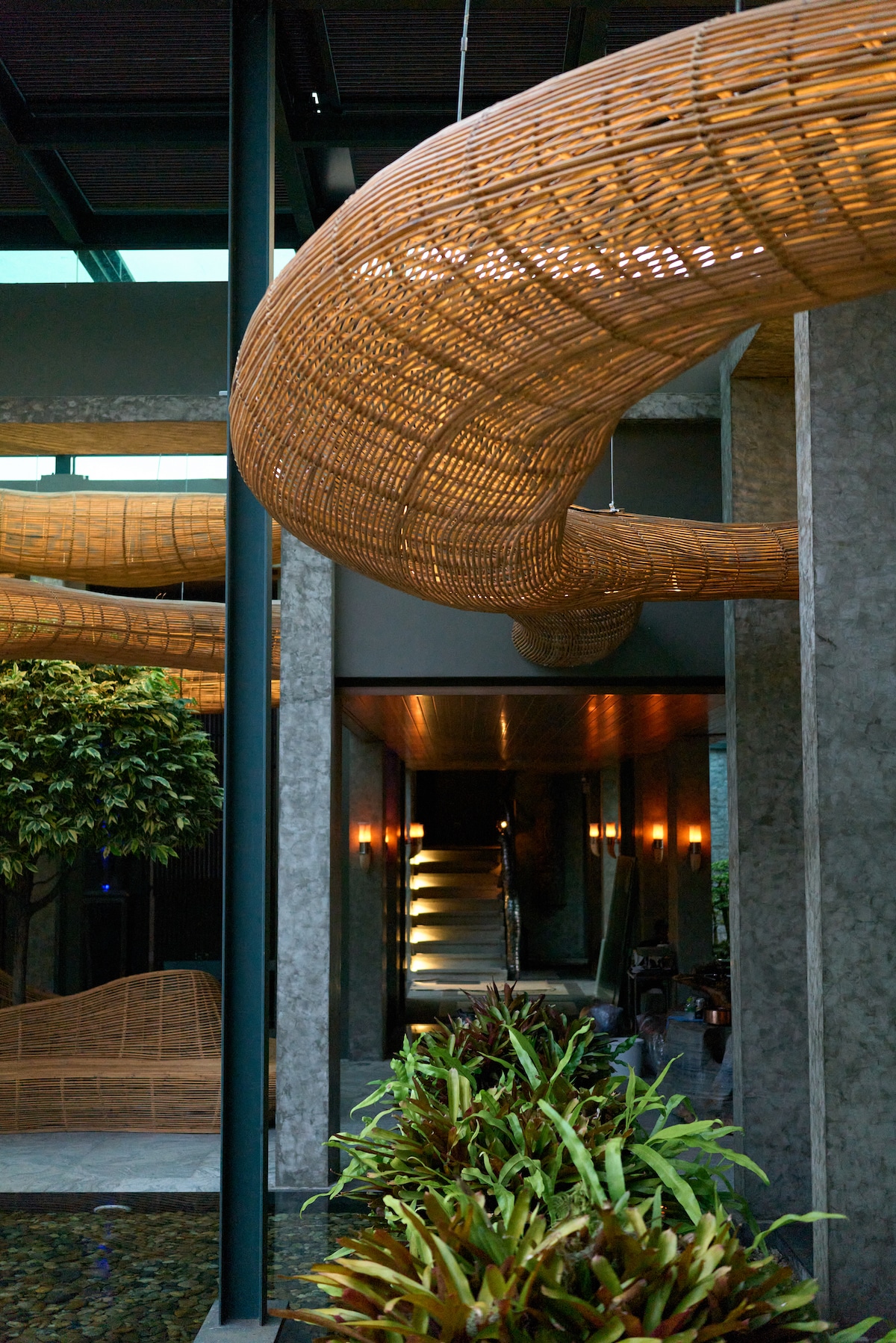

Enter Projects Asia often uses rattan in their work, as this sustainable material grows in abundance in South East Asia.
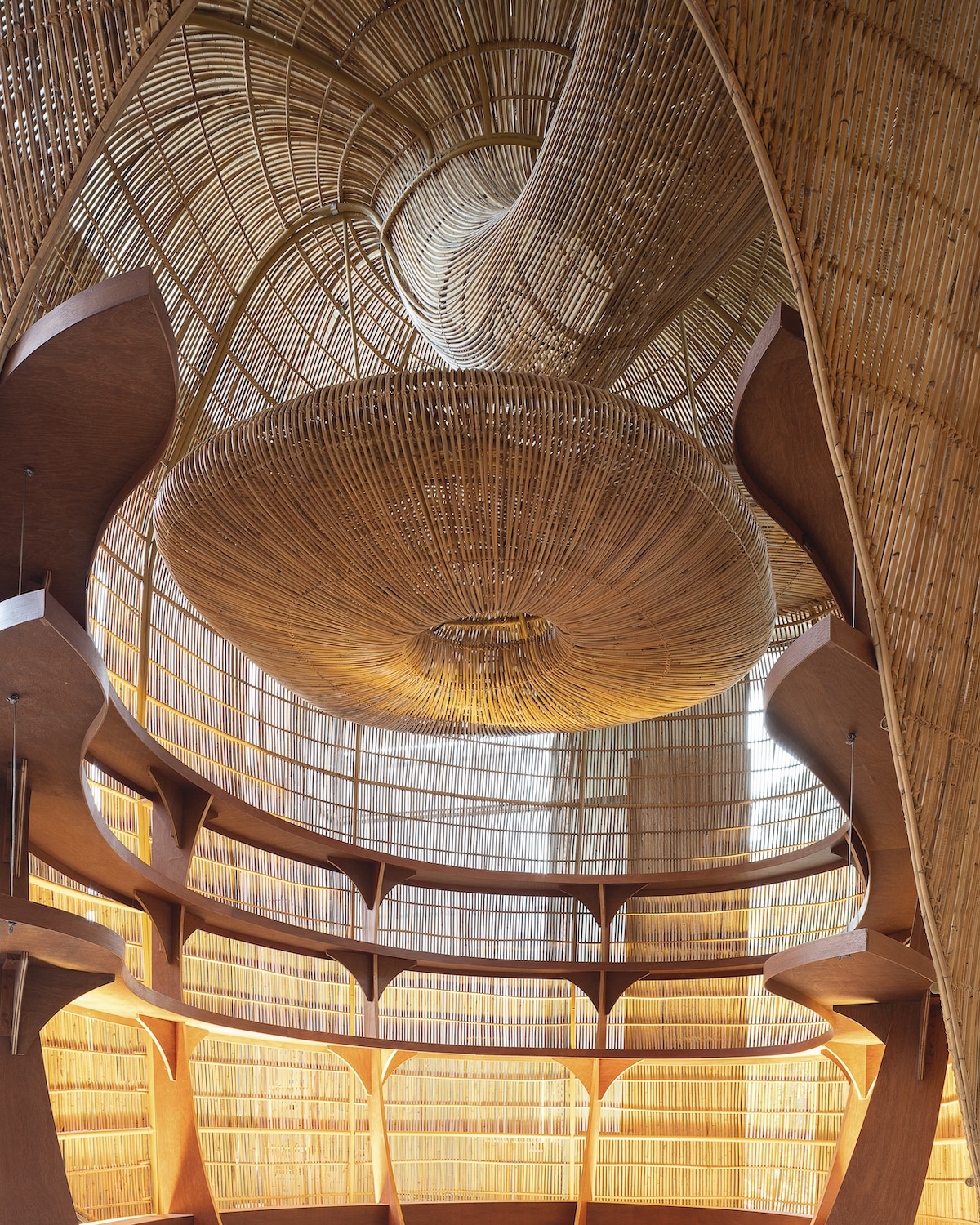
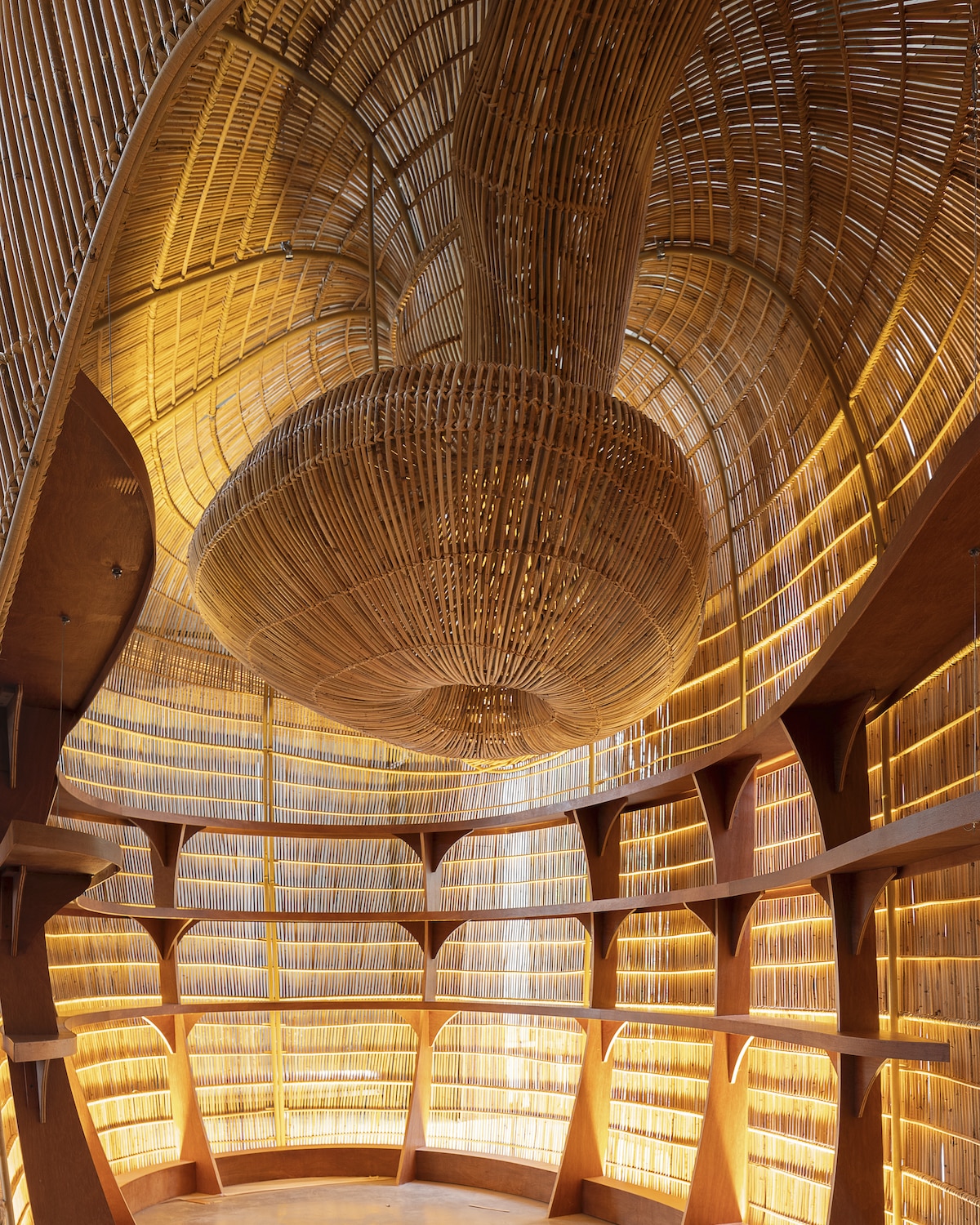
“Why would we use synthetic, toxic plastics when we have all the noble materials we need at our fingertips?”
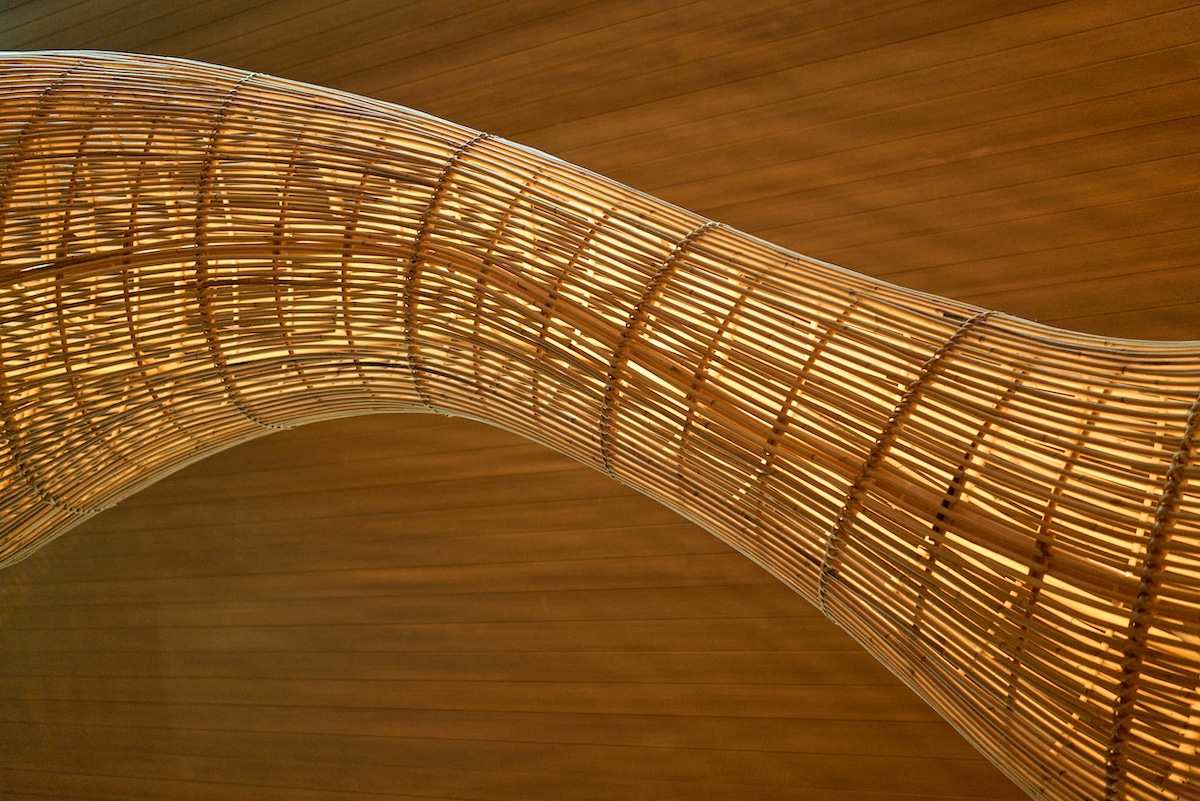
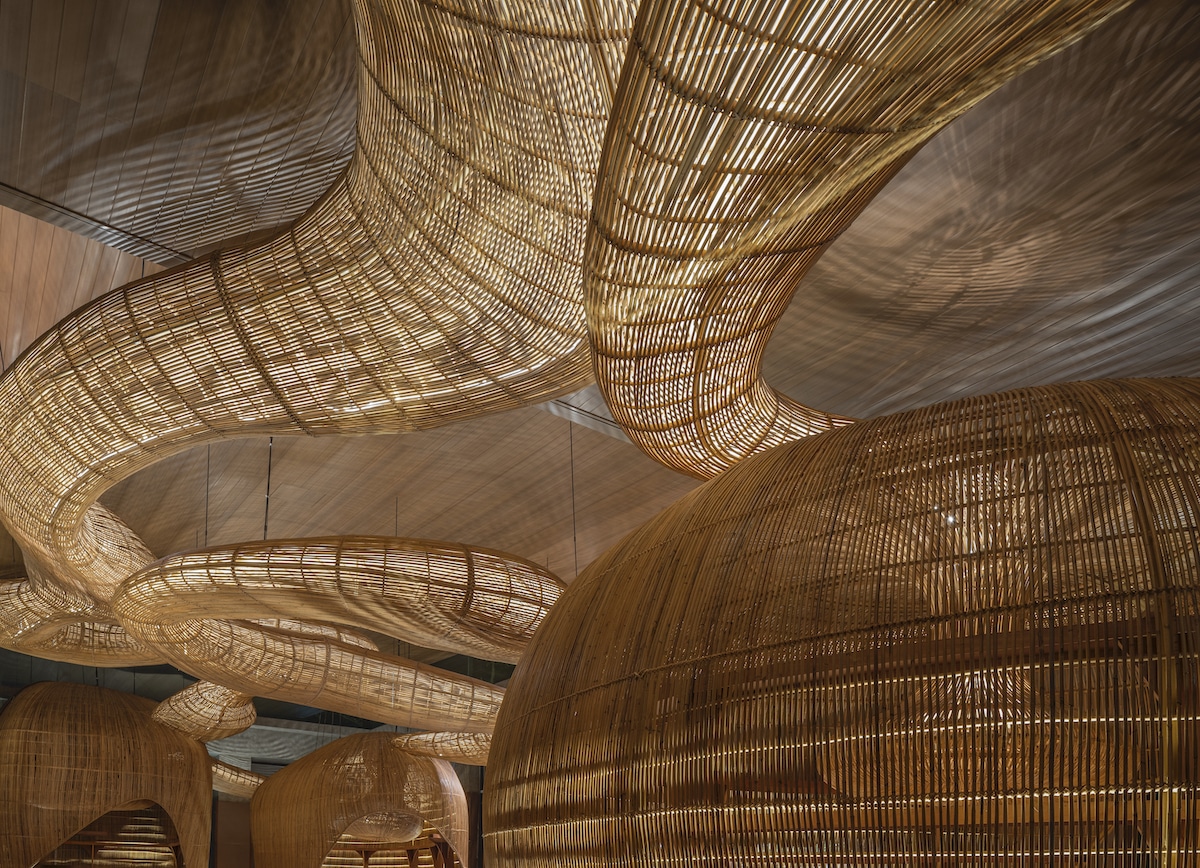
Enter Projects Asia: Website | Instagram











































































